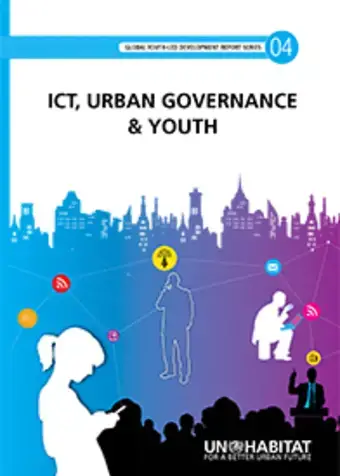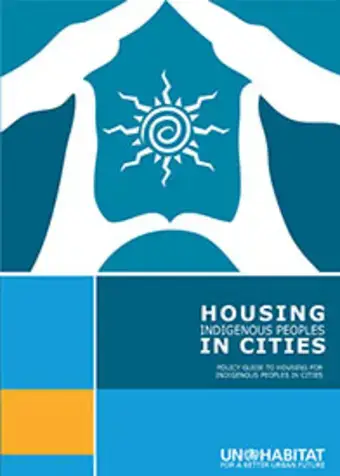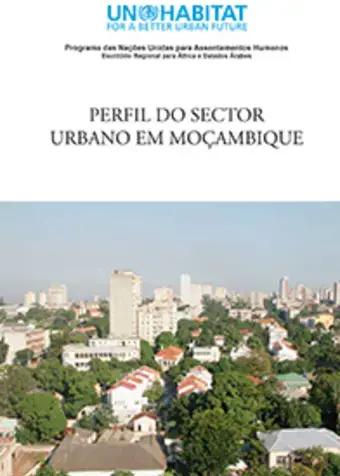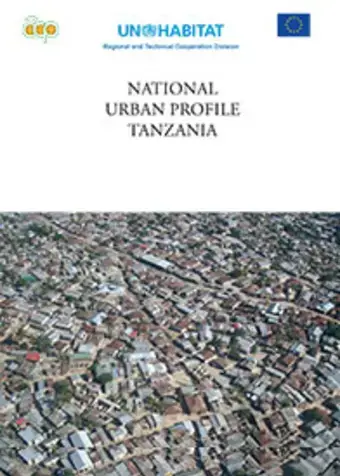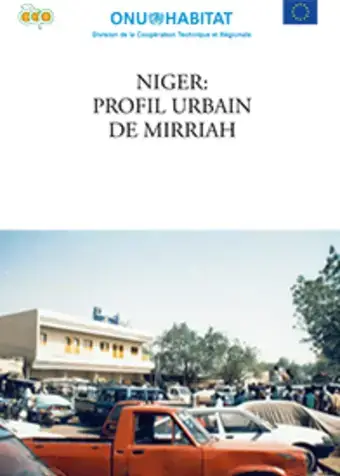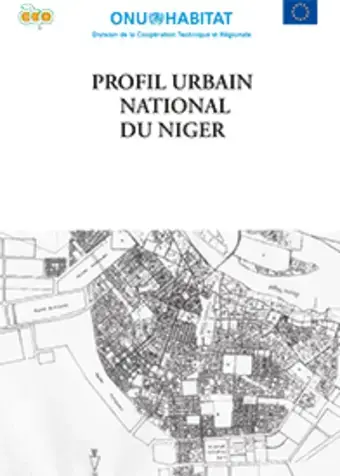In this lecture Fernando Murillo from University of Buenos Aires discusses the “Compass” of cities – a participatory methodology for policy making . It consists of different indicators represented graphically as a “Compass”, combining four fundamental dimensions dealing with the progressive fulfilment of human rights.
MP3
AUDIO: Fernando Murillo - A compass for cities
SYNOPSIS
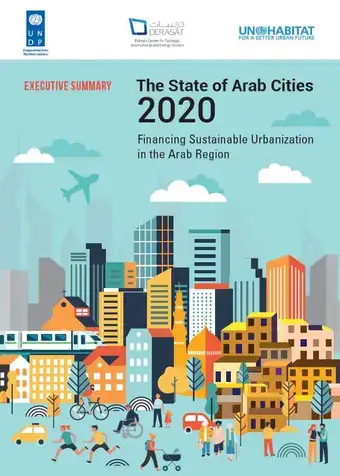
 It is projected that by 2030, two-thirds of humanity will be living in towns and cities around the world. Another feature of the new urban age is that the global number of slum dwellers is now set to top the 1 billion mark.
It is projected that by 2030, two-thirds of humanity will be living in towns and cities around the world. Another feature of the new urban age is that the global number of slum dwellers is now set to top the 1 billion mark. The challenges facing cities with regards to the impacts of growing violence and insecurity are numerous and daunting. The need to address crime prevention in cities is apparent.
The challenges facing cities with regards to the impacts of growing violence and insecurity are numerous and daunting. The need to address crime prevention in cities is apparent.